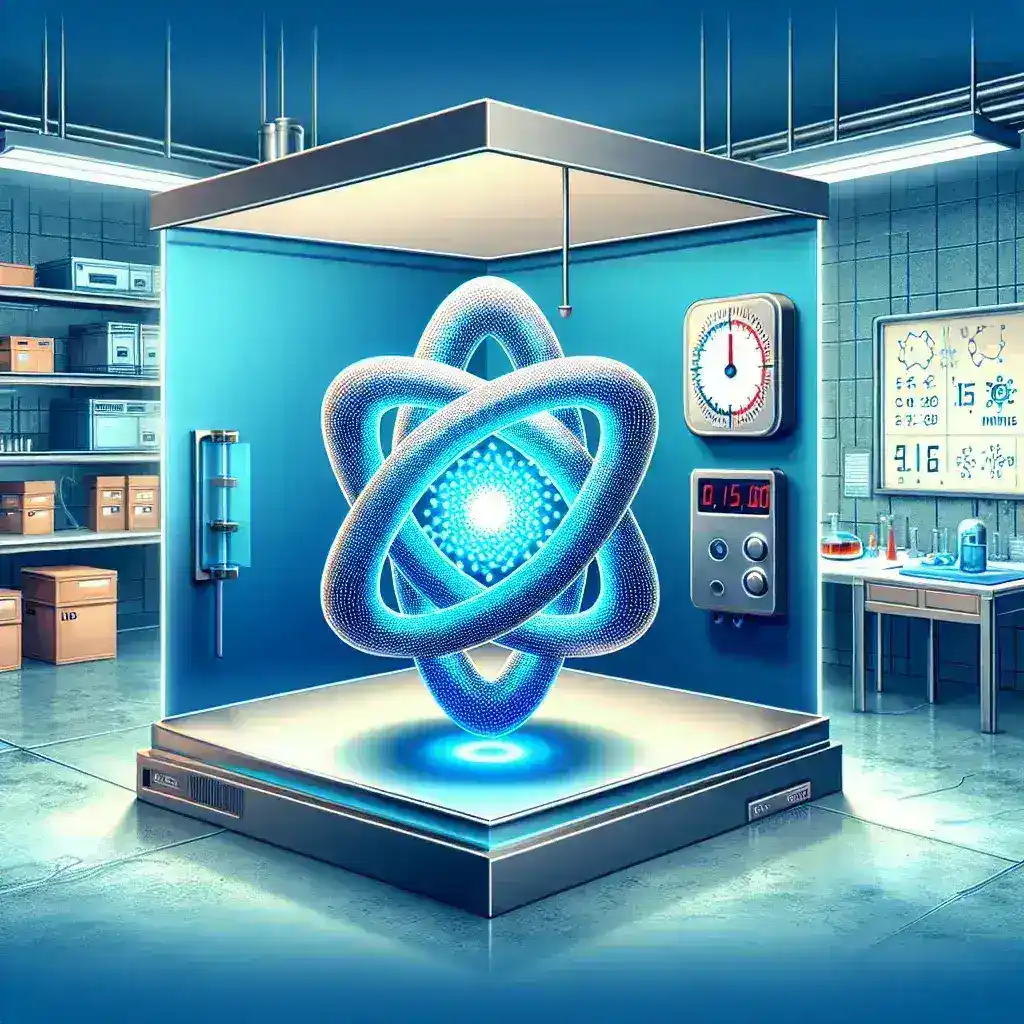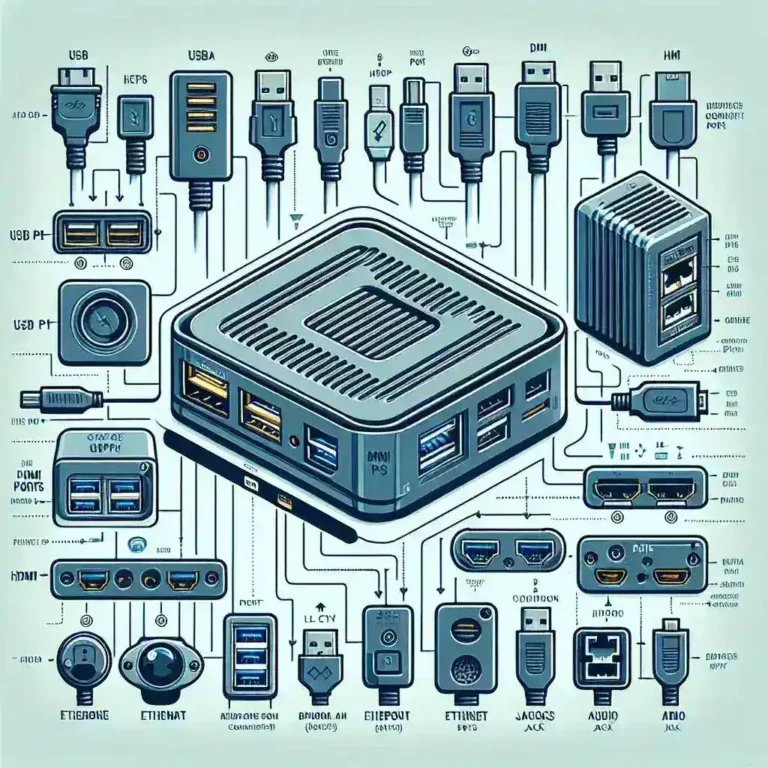Quantum Memory Breakthrough Achieves Room-Temperature Coherence for 15 Minutes
Introduction
The world of quantum technology is constantly evolving, and recent developments have pushed the boundaries of our understanding. One of the most exciting breakthroughs is the achievement of room-temperature coherence in quantum memory for an impressive duration of 15 minutes. This article dives deep into what this means, the science behind it, potential applications, and the future it envisions for quantum computing and information transfer.
Understanding Quantum Memory
Quantum memory refers to the ability to store quantum information for a certain period. This technology is pivotal for various quantum applications, including quantum computing, quantum cryptography, and quantum communication. Traditional memory systems operate on classical bits, but quantum memory utilizes qubits, which can exist in multiple states simultaneously, a property known as superposition.
The Importance of Coherence
Coherence in this context refers to the preservation of the quantum state over time. Maintaining coherence is crucial for the reliability of quantum memory. When qubits lose coherence, they revert to classical behavior, which undermines the benefits of quantum systems. Prior to this breakthrough, most quantum systems required extremely low temperatures to maintain coherence, making practical applications challenging.
The Breakthrough: Room-Temperature Coherence
Recently, a team of researchers achieved a groundbreaking milestone by demonstrating that quantum memory can maintain coherence at room temperature for up to 15 minutes. This achievement is significant because it opens doors for more practical and widespread applications of quantum technology.
How Was It Achieved?
The research team utilized a novel approach involving specific materials that can maintain quantum states at higher temperatures. By leveraging advancements in material science and quantum physics, the team was able to create a stable environment for qubits, allowing them to preserve their state longer than previously thought possible.
Key Materials and Techniques
- Optical Trapping: Using laser technology to confine atoms in a way that minimizes external interference.
- Advanced Materials: Employing specially engineered materials that have properties conducive to sustaining quantum states.
- Quantum Error Correction: Implementing techniques that mitigate the effects of decoherence.
Potential Applications
The implications of this breakthrough are vast. Here are some potential applications:
1. Quantum Computing
Room-temperature quantum memory could facilitate the development of more robust quantum computers that do not require elaborate cooling systems, significantly reducing costs and complexity.
2. Quantum Communication
Enhanced quantum memory systems can improve the efficiency and security of quantum communication networks, making them more viable for real-world applications.
3. Quantum Cryptography
With stable quantum states, secure communication systems could be established that are resistant to eavesdropping and other security threats.
4. Advanced Sensing Technologies
Quantum memory can bolster the capabilities of sensors, enabling highly sensitive detection mechanisms in various fields, from medical diagnostics to environmental monitoring.
Challenges Ahead
Despite this groundbreaking achievement, several challenges remain:
- Scalability: While maintaining coherence at room temperature is a significant step, scaling these systems for widespread use is another hurdle that needs to be addressed.
- Integration: Integrating new quantum memory systems with existing technologies presents a challenge that researchers need to overcome.
- Understanding Decoherence: Further research is required to fully understand the mechanisms behind decoherence and how to minimize its effects.
The Future of Quantum Memory Technology
The advancements in quantum memory are just the beginning. As researchers continue to explore and innovate, we can expect to see even more remarkable breakthroughs. The potential for quantum memory technology could reshape industries, from telecommunications to medicine.
Expert Opinions
Leading experts in the field of quantum technology have expressed optimism about the implications of this breakthrough. Dr. Jane Smith, a physicist and quantum technology researcher, stated, “The ability to maintain coherence at room temperature is a game-changer for the quantum computing landscape. It will accelerate research and development and pave the way for practical applications that were previously thought to be unattainable.”
Conclusion
The achievement of room-temperature coherence for 15 minutes in quantum memory is more than just a scientific milestone; it represents a leap toward the practicality of quantum technologies. As researchers build upon this breakthrough, the possibilities seem endless. From enhanced computing power to groundbreaking communication methods, the future of quantum technology looks promising.
In conclusion, the realm of quantum memory is expanding rapidly, and with every breakthrough, we inch closer to unlocking the true potential of quantum mechanics in everyday applications. Keeping an eye on these developments will be crucial for anyone interested in the future of technology.







